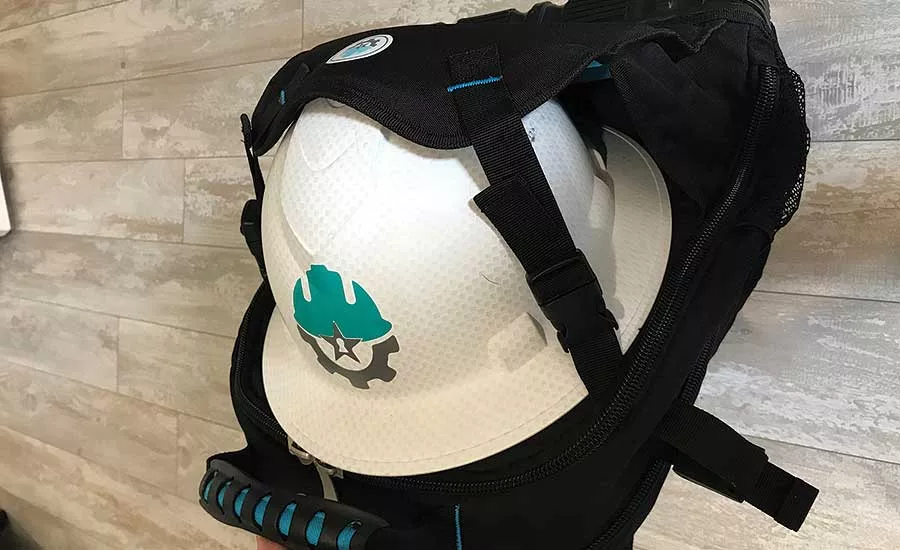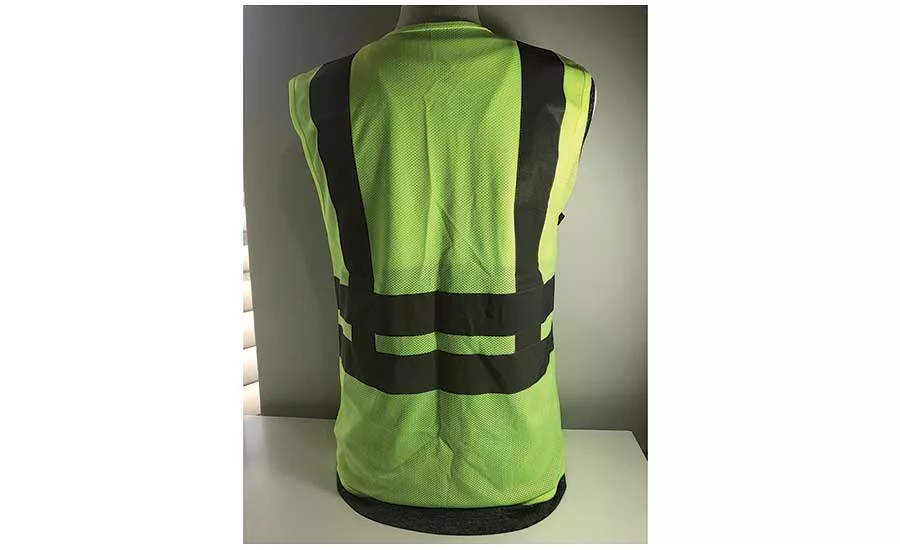No more 'pink it and shrink it'
Women are put at risk of falling, being injured, or getting caught in machinery due to the ill-fitting Personal Protective Equipment (PPE).

Women are put at risk of falling, being injured, or getting caught in machinery due to the ill-fitting Personal Protective Equipment (PPE) and Personal Protective Clothing (PPC) they are given on the job. All photos courtesy of: SeeHerWork

SeeHerWork is a new apparel company for tradeswomen that aims to put female workers in clothes that fit and perform. All photos courtesy of: SeeHerWork
According to the U.S. Bureau of Labor Statistics, more than 45% of female fatalities occur each year from work-related accidents that could be prevented with properly fitting clothing and equipment.
Women are put at risk of falling, being injured, or getting caught in machinery due to the ill-fitting Personal Protective Equipment (PPE) and Personal Protective Clothing (PPC) they are given on the job. Not only that, but the PPE and PPC available today restrain women from performing at their best and perpetuate the myth that men are better suited for jobs in construction, energy, utilities, logging and emergency response.
Unfortunately, however, some women are deterred by the poor fit of daily workwear that makes it difficult to perform, making them feel as if they just don’t fit in.
Getting feedback
During a 2018 focus group session conducted by SeeHerWork, one tradeswoman said: “We need to work together to help more women come in. I’ve been known to grab whatever and get them tailored, but not everyone can afford that — especially the ones just getting started.”
Another tradeswoman shared a similar sentiment: “We are tired of ‘pink it and shrink it’ — we want to perform. … We put our lives in jeopardy daily. It’s no wonder that there are not more women in the industry.”
The method referred to here — “pink it and shrink it” — comes with considerable safety risks. Men’s sized patterns are shrunk down and colored pink in order to be suitable for women.
When safety toe boots are shrunk down, they are often too wide and put women at risk of compression and impact injuries for the lack of full toe coverage. In one popular work pant, women are unable to wear protective and reinforcing knee pads because the pants have been shrunk to the point where the pads no longer fit.
A 2014 study by The National Institute for Occupational Safety and Health (NIOSH) revealed similar concerns from tradeswomen regarding the PPE and PPC provided to them on the job. A major talking point was glove fit with interviewees, one of whom said: "You can be hurt. … That glove could get wrapped up in a fan belt.”
“They gave me gloves so humongous, I couldn't even pick anything up," said another.
While the American National Standards Institute (ANSI) sets expectations for fit, there are no required ANSI tests to ensure compliance by the manufacturers. The same is true for the American Society for Testing and Materials (ASTM) and the European Committee for Standardization (CEN).
The Occupational Safety and Health Adminstration (OSHA) is in place to “assure safe and healthy working conditions for working men and women by setting and enforcing standards and by providing training, outreach, education and assistance.” OSHA expects employers to be responsible for ensuring the fit of workwear, but unfortunately, most employers blindly trust catalogs and distributors that recommend small men’s sizes or “pink it and shrink it” options without fully understanding the risks.
The research is clear. Women need well-designed and well-fitting work clothes — something that does not exist on the market today. The absence of proper work gear for women is negligent and deters women from participating in these careers. Plus, the employer’s bottom line is ultimately affected.
Imagine how much time and money are spent attracting and retaining high-performance workers. Employers are missing opportunities by overlooking 50% of the workforce population. The needs of men and women are not all that different. Workers want to perform and they want to be successful.
We need to ensure we are meeting worker’s basic needs whether they are male or female. We need to keep workers Safe and Strong with properly fitting PPE and PPC. We need to enable them so they deliver what employers want: high-performance results.
Looking for a reprint of this article?
From high-res PDFs to custom plaques, order your copy today!



